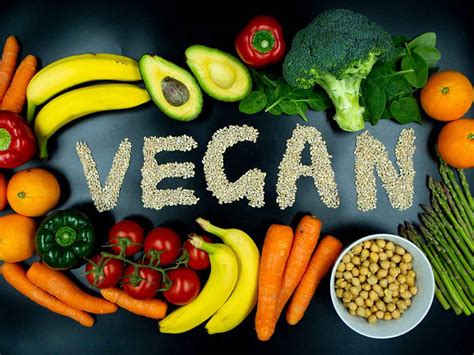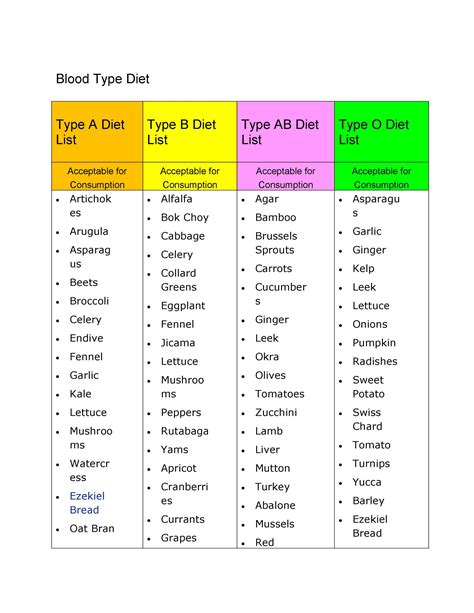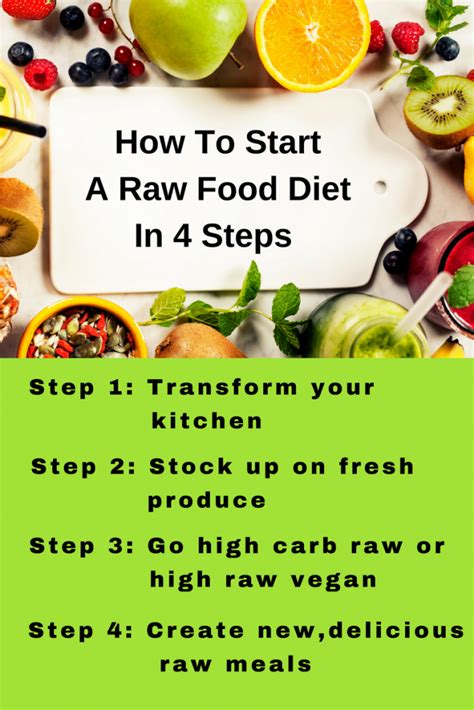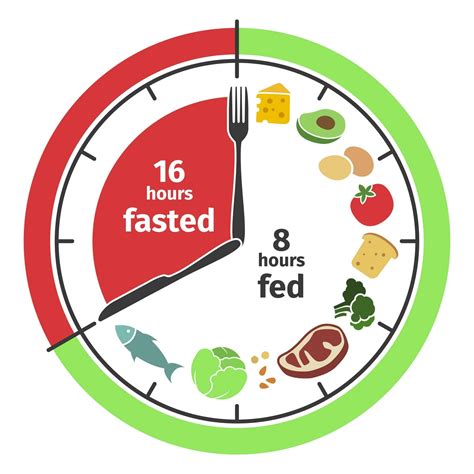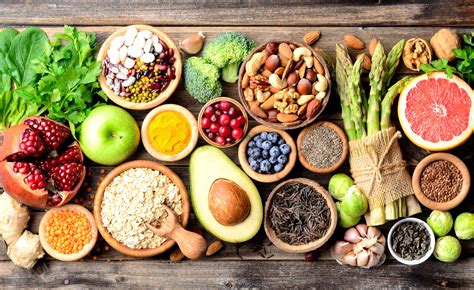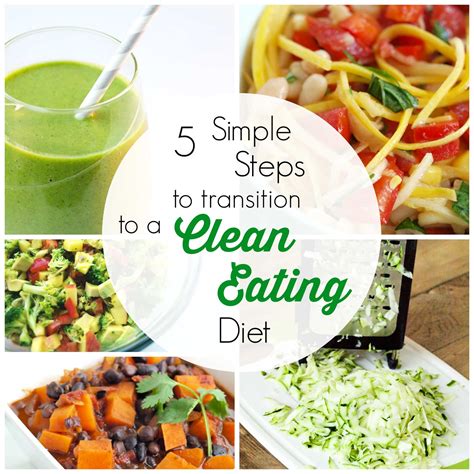Discover the essentials of veganism, transitioning to a vegan lifestyle, building a balanced vegan plate, finding protein sources, and managing nutrient intake for a healthy vegan diet.
Understanding Veganism
Contents
Veganism is a lifestyle and dietary choice that involves abstaining from the consumption of any animal products. This includes not only meat and fish, but also dairy, eggs, and any other products that are derived from animals. The primary motivation behind adopting a vegan lifestyle is to minimize harm to animals and to lower one’s environmental impact. Many vegans also do it for health reasons, as a well-planned vegan diet can provide all the necessary nutrients for a healthy and balanced life.
There are several different types of vegans, including dietary vegans, ethical vegans, and environmental vegans. Dietary vegans simply avoid consuming animal products, while ethical vegans extend their veganism to all aspects of their life, including avoiding products tested on animals and not supporting zoos or circuses. Environmental vegans are focused on the impact of animal agriculture on the planet, and choose to avoid animal products to minimize their environmental footprint.
It’s important to note that a vegan diet can be healthy and nutritionally adequate, but it does require careful planning to ensure all essential nutrients are being consumed. While it is possible to get all necessary vitamins and minerals from a vegan diet, it does require the inclusion of a variety of plant-based foods in order to meet all the essential nutrient requirements.
Veganism is more than just a dietary choice; it’s a lifestyle that encompasses the values of compassion, environmentalism, and health. Understanding the motivations behind veganism and the importance of a well-planned vegan diet is key to respecting and embracing this lifestyle choice.
Transitioning to a Vegan Lifestyle
Transitioning to a vegan lifestyle can be a significant change, but with the right approach, it can be a smooth and enjoyable process. One of the key elements of transitioning to a vegan lifestyle is to do it gradually. Instead of immediately cutting out all animal products from your diet, start by incorporating more plant-based meals into your routine. This could mean dedicating certain days of the week to eating only vegan meals, or gradually replacing animal products with plant-based alternatives.
Another important aspect of transitioning to a vegan lifestyle is to educate yourself about vegan nutrition. It’s essential to understand which nutrients vegans need to pay extra attention to, and where to find them in plant-based sources. You will need to be conscious of your intake of protein, B12, iron, calcium, and omega-3 fatty acids to ensure you are meeting your nutritional needs.
When transitioning to a vegan lifestyle, it’s also important to be open-minded and willing to try new foods. Experimenting with different plant-based recipes and ingredients can make the process more enjoyable and help you discover new favorite meals. Additionally, it’s helpful to connect with other vegans for support and inspiration. Whether it’s joining a vegan online community or finding local vegan meetups, surrounding yourself with like-minded individuals can provide encouragement and guidance.
Finally, transitioning to a vegan lifestyle is not just about changing your diet, but also about embracing a more compassionate and sustainable way of living. It’s about making conscious choices that align with your values and having a positive impact on the planet and animals. Keeping this larger perspective in mind can make the transition to a vegan lifestyle feel purposeful and fulfilling.
Building a Balanced Vegan Plate
When following a vegan diet, it’s important to ensure that your plate is well-balanced and includes a variety of nutrient-rich foods. One of the key principles of building a balanced vegan plate is to focus on incorporating a wide array of vegetables, fruits, whole grains, and plant-based proteins. By doing so, you can ensure that you’re getting all the essential nutrients your body needs to thrive.
Another important aspect of building a balanced vegan plate is paying attention to the different macronutrients that make up a meal. This means including a mix of carbohydrates, proteins, and healthy fats. For example, a well-balanced vegan plate might include a serving of quinoa (carbohydrate), black beans (protein), and avocado (healthy fat) for a complete meal that provides sustained energy and nutritional benefits.
In addition to the macronutrients, it’s also essential to consider the micronutrients when building a balanced vegan plate. This includes incorporating foods that are rich in vitamins and minerals such as iron, calcium, vitamin D, and B12. While these nutrients are commonly found in animal products, there are plenty of vegan sources available, such as fortified non-dairy milks, leafy greens, and nutritional yeast.
Lastly, it’s important to pay attention to portion sizes and listen to your body’s hunger and satiety cues. Building a balanced vegan plate means finding the right balance of portions for your individual needs. This may involve experimenting with different serving sizes and paying attention to how certain foods make you feel. By practicing mindful eating, you can ensure that your plate is not only balanced in terms of nutrients, but also in aligning with your body’s metabolic needs.
Finding Vegan Sources of Protein
When transitioning to a vegan diet, one of the biggest concerns for many people is where to get enough protein from. The good news is that there are plenty of plant-based foods that are high in protein and can easily be incorporated into a vegan diet.
One of the most popular sources of protein for vegans is legumes. This includes foods like beans, lentils, and chickpeas, which are not only high in protein but also in fiber, making them a great choice for overall nutrition.
Quinoa is another excellent source of protein for those following a vegan diet. It is a complete protein, meaning it contains all nine essential amino acids that the body cannot produce on its own.
Nuts and seeds are also a good source of protein for vegans. Almonds, walnuts, chia seeds, and hemp seeds are all rich in protein and healthy fats, making them a great addition to vegan meals and snacks.
| Food | Protein Content (per 100g) |
|---|---|
| Black Beans | 21g |
| Quinoa | 14g |
| Almonds | 21g |
| Chia Seeds | 17g |
By including a variety of these protein-rich foods in your diet, you can easily meet your protein needs as a vegan and enjoy a wide range of delicious and nutritious meals.
Managing Nutrient Intake on a Vegan Diet
When following a vegan diet, it’s important to pay attention to your nutrient intake to ensure you are meeting your body’s needs. One key nutrient to focus on is protein, which is essential for muscle repair, growth, and overall health. While many people believe that the only way to get enough protein is through animal products, there are plenty of plant-based sources of protein that can help you meet your daily requirements.
In addition to protein, it’s important to ensure you are getting enough iron in your diet, as iron is essential for the production of red blood cells and overall energy levels. Plant-based sources of iron include lentils, chickpeas, and tofu, as well as fortified foods such as breakfast cereals and plant-based milks.
Another nutrient of concern for vegans is calcium, which is important for bone health and muscle function. While dairy products are a common source of calcium in many people’s diets, there are plenty of plant-based sources of calcium, including fortified plant-based milks, tofu, and leafy greens such as kale and broccoli.
Finally, it’s important to pay attention to your omega-3 fatty acid intake, as these healthy fats are important for heart health and brain function. While fish is a common source of omega-3 fatty acids, vegans can get these essential fats from sources such as flaxseeds, chia seeds, and walnuts.

